So who exactly were Jessey Wade & Ernest Bell ?
Why have they dropped from the memories of most of today’s animal lovers?
About Jessey Wade’s personal life we have discovered very little; we do know that Jessey was working for animals / fighting for animals from the mid-1890s onward. We have records of her dynamic pro-animal activities for a period of approx. 50 years.
The Ernest Bell Library has more than 150 pieces of Jessey’s animal rights pamphlets & articles, plus we have images of the banners & posters which she made.
We love Jessey the most for her part in producing a superb series of children’s books for The Humanitarian League – in very close collaboration with Ernest Bell, Henry S. Salt, Edith Carrington, Harrison Weir & others.
Ernest Bell stopped eating meat in 1874. For the next almost 60 years he used all of his energy, intelligence & his considerable wealth to promote animal rights & related causes. He published hundreds of different cutting-edge animal rights, vegan & vegetarian, humanitarian, anti-vivisection, …… and many other books. He donated thousands of these books to animal rights groups to help them to fundraise & to spread their messages. He ran free lending libraries – even mailing books to people to read. He wrote articles & letters continuously. He ’employed’ several other activists, so that they had financial security as they campaigned. He also ‘veganized’ the cookbooks which he published.
Ernest Bell’s and Jessey Wade’s activism remembered in The Times newspaper, London –
‘They were the grandparents of today’s animal rights militants, with a reputation for law-breaking and political activism that scandalised the Establishment.’ – a 2008 article.
The journalists are specifically referring to the Performing and Captive Animals Defence League – the League was ‘planned’ exactly 100 years ago in London, in late 1913, by Ernest, Jessey and ….(the stuff of future articles) . It was officially founded in 1914. In our Ernest Bell Library we have many of the League’s notes & records.
Please see below for much more about Jessey in particular.
. . . . . . . . . . . . . . . . . . . . . . . . . . . . . . . . . . . . . . . . . . . . . . .
Right now we will share a story about caged birds……
A recently rediscovered educational short story for children, written by Jessey Wade & featuring Ernest Bell!
To make the story more visually appealing; we have added some very appropriate images from other closely related publications in our Ernest Bell Library. They don’t ‘fit’ perfectly – but they are all from the same period / from the same team.
. . . . . . . . . . . . . . . . . . . . . . . . . . . . . . . . . . . . . . . . . . . . . . .
THE BROWN “LINTIES.”
Originally published in The Animals’ Friend Supplement – July 1902
Lintie [archaic, Scottish] | Linties [archaic, Scottish, plural] – for – The Common Linnet (Carduelis cannabina) – a small bird of the finch family. It derives its scientific name from its fondness for hemp and its English name from its liking for seeds of flax, from which linen is made.
Named characters / players / financial notes!
‘The narrator’ – assumed to be a male Common Linnet.
‘Joy’ – assumed to be a female Common Linnet.
‘Tom Lake’ & his ‘Sis’ – two London children with an interest in birds.
‘Miss Burwood’ – a wise soul, a humanitarian & an animal rights activist.
‘J. W.’ – Jessey Wade – who ‘translated’ of the story from bird language into English!
‘Mr Friend’ – our beloved Ernest Bell is mentioned in the story wearing his ‘hat’ as a co-founder & governing council member of the – Society for the Protection of Birds – founded 1891.
The financials! – ~ Tom ‘bought’ the two linnets for ‘eighteenpence’. There were 240 pre-decimal pennies in a British Pound (£). So this equates to less than £0.04 for each little bird – the contemporary photos show very similar ‘prices’. This translates for Americans as approx. US$ 0.06 for each little bird. ~
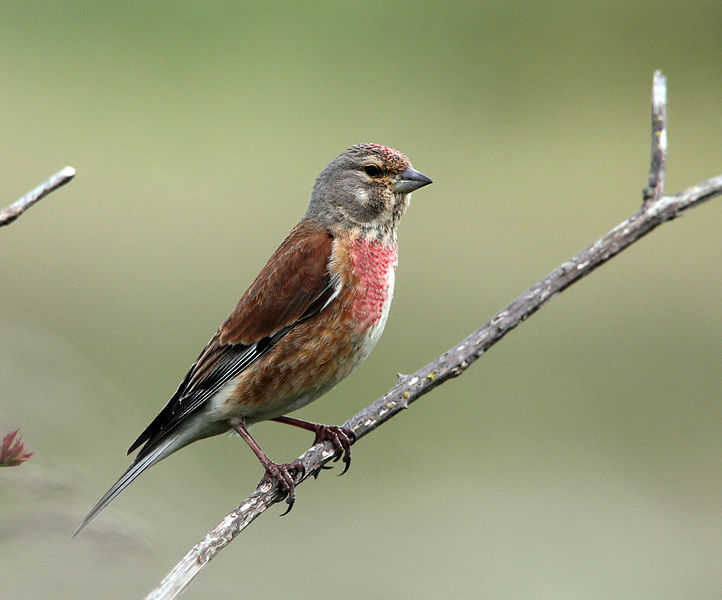
The Narrator – (1)
. . . . . . . . . . . . . . . . . . . . . . . . . . . . . . . . . . . . . . . . . . . . . . .
THE BROWN “LINTIES.”
Dear little readers, when you walk along the streets in London or large cities among the bright and gay shops, you will sometimes come across a window filled with rows and rows of cages something like the picture here.
A London Bird Shop – Neal Street, Covent Garden – ca 1899 (3)
Please stop a minute and feel a little sorry for the poor prisoners inside those prisons, for that is what the cages are. Perhaps some day you might be able to do something for them. I and my chum “Joy” spent a dreadful time in a shop like this, and that is how I know what a horrible life it is, and I want to tell you our story if some kind Human will translate it from bird language into yours.
“Joy” and I began our lives in one of our “golden cities,” by which, you know, I mean along the beautiful yellow furze on the commons in the country. We were gay and happy; besides that, we were very useful in eating up the seeds of many weeds which do harm to the farmers’ crops. But these happy days were not to last, for a large net was spread on the ground, and “Joy” and I, with many other birds, were prisoners. We had done no wrong to anyone, but we had sweet voices, and the men who took us away hoped to make money by selling us to someone who wanted a “pet.”
What a dreary time it was we spent in that stuffy bird shop! I cannot make you really understand, because you do not know what it is to have wings, to be able to spread them out and fly above the earth, up in the wide open sky. No! you cannot quite understand this, but I know you will believe what a little bird tells you through the Animals’ Friend.
 (5)
(5)
At last one day a boy came into our shop; he had eighteen-pence to spend, and that is what he gave our master for “Joy ” and me. And then we were taken down from the shelf, fluttering wildly against the wires of the cage. What was going to happen? Would they open the door and let us out? Oh dear no! we were only going to Tom Lake’s cramped up little house instead of staying in the stuffy bird shop. Carried in two little cages joined together by a piece of string through the noisy, dusty streets we traveled, and at last we reached “home.” Great faces stared at us through the bars, such a number of them! Tom’s father and mother and six brothers and sisters. I don’t think they could have wanted us much. Such a little window, and such a lot of them crowding round it. Our cage used to be hung outside when it was fine; the room was over a stable, and we could see the horses in the yard below being rubbed and harnessed, and the sparrows picking up crumbs placed in one of the long gardens opposite by a little girl. How we envied those sparrows, and we wondered if the little girl was sorry for us. I don’t know; but someone was being sorry – someone was watching us day after day, though we could not even guess about that. Someone was thinking how she could free “those poor little linnets over the way at the mews.”
(6)
You Humans say that “where there’s a will there’s a way” and this friend of ours made it her business to find out from Tom our history, and next she persuaded him to sell his birds to her. “How long have they been caged?” she asked him. “Can they fly?” and many other questions. She talked quite a long time to Tom, and made him promise never to buy any more caged birds. “And, mother,” said Tom, when he came back, ” I am to take them round tomorrow to Miss Burwood; and here is a beautiful book she has given to me and Sis all about a boy what used to catch larks and things – she made me feel kind of bad, but I never thought before as how birds minded being in a cage.”
Now I must tell you Miss Burwood had always lived in London, and knew almost nothing of our ways. She could not feel sure that we should be able to find our own food; she could not even tell if our wings were strong, or how we could fly. “At any rate,” we heard her say. “I will open the cage in this large room of mine and see what they do before I send them into the country.” And then the moment came we had so longed for, the time when we could get through those bars. Out we both rushed like mad creatures. Up, up, but alas! only to knock our heads against the hard ceiling. But we were strong, and that was something Miss Burwood wanted to be sure about. She talked to us with a kind voice, and gave us some green food, but it was hard to be kept still shut up. And it was hard for her to keep us there. You see she didn’t know quite what to do with us. To take us away herself was impossible until the holidays, and all her friends who lived in the country told her that we must not be sent on a long journey by ourselves, we should be so frightened. And so we should.
After a few more days came a bright Saturday afternoon when, as Miss Burwood was going home from her school, a very lucky thing happened. On the other side of the road she saw someone she knew something about – he knew nothing about Miss Burwood. And at once the thought came, “Here is the very friend I want for my brown linties. I know he belongs to the Society for the Protection of Birds, and I am sure he will not mind my going and speaking to him about the little prisoners.”
In a few minutes our fate was settled. “Give me the birds,” was Mr. Friend’s prompt answer. “I am now on my way to the station, and in less than an hour, I promise you, the captives shall be free in the country.”
The next morning Miss Burwood received a post card from our second good friend, which made her very glad. It said, “Your birds are now in their proper place, and I only wish everyone else who has it in their power would follow your example.”
And that is just the message that “Joy” and I wish to send to you when we think of the London bird shops.
J. W.
(8)
. . . . . . . . . . . . . . . . . . . . . . . . . . . . . . . . . . . . . . . . . . . . . . .
Jessey Wade – also known as Miss Jessey Wade, J. Wade or J. W.?
From another 2008 news report.
‘ …….the Performing and Captive Animals Defence League, set up in 1914 to oppose the use of performing animals in circuses and films. ‘
‘Members of the League used to invade circus performances, picket local authority licensing committees and write to anyone who could make a difference.’ (9)
Jessey Wade was one of the great stalwarts of the animal rights movement.
We have evidence of Jessey being very active for almost 50 years – from 1896 until the 1940s.
She was NOT a self-publicist.
We have not yet discovered her date of birth. We have not yet identified any photos of her.
She WAS a brilliant communicator & an excellent networker.
Jessey wore several ‘hats’. We feel that Jessey must have been related to Berta Wade. Berta was a prolific writer of reports & articles on animal rights of the exact same period, writing in the exact same journals. Were they one & the same person? More research is needed.
. . . . . . . . . . . . . . . . . . . . . . . . . . . . . . . . . . . . . . . . . . . . . . .
Some key dates for / facts about Jessey Wade
Jessey was Ernest Bell’s private secretary & close friend from 1896 until his death 1933 – a period of 36 years. (10)
The Humanitarian League was founded in 1891 by Henry S. Salt & Ernest Bell & friends. Jessey was Honorary Secretary of the Children’s Department from 1906 until 1919 when The Humanitarian League disbanded (& possibly also earlier). (11)
The Animals’ Friend – monthly journal (journal founded in 1894). Jessey was assisting Ernest Bell & writing for the magazine regularly from 1896. (12)
The Occult Review – Jessey was a book reviewer / contributor. (13)
The Pit Ponies’ Protection Society – Jessey was an active participant – Ernest Bell was Secretary – founded in 1909. (14)
The Little Animals’ Friend monthly childrens magazine – Jessey was the editor after Edith Carrington – from 1910 or earlier – until at least the late 1930s. (15)
The Performing and Captive Animals’ Defence League – Jessey was a co-founder with Ernest Bell, John Galsworthy & other friends – founded in 1914 as an association. Their remaining assets of ~£2 million plus were passed to the Virginia McKenna’s – Born Free Foundation – when the League finally wound up in 2008/9. (1 & 9)
Urania – established 1916 – the periodical journal reprinted newspaper articles concerning gender equality. Under the direction of Eva Gore-Booth – working together – Esther Roper, suffrage activist; Dorothy Cornish, a Montessori educator; Jessey Wade, an animal rights campaigner, and Thomas Baty, an international legal scholar. (16)
The League for the Prohibition of Cruel Sports (now League Against Cruel Sports) – Jessey was a co-founder with Ernest Bell, John Galsworthy & other friends – founded in 1927. (17)
National Society for the Abolition of Cruel Sports – Jessey was a co-founder with Ernest Bell, Henry Brown Amos & other friends- founded in 1932. (18)
The Cats’ Protection League – Jessey was a co-founder & first chairperson – Ernest Bell was Secretary – founded in 1927. (19)
. . . . . . . . . . . . . . . . . . . . . . . . . . . . . . . . . . . . . . . . . . . . . . .
So the story has been shared & Jessey has been reintroduced to a new generation of humans working for the benefit of animals!
This is what we, at the Ernest Bell Library, love to do!
These next points are especially for the people who like to dig even deeper into our heritage!
. . . . . . . . . . . . . . . . . . . . . . . . . . . . . . . . . . . . . . . . . . . . . . .
News Article
Kathleen Hanchett-Stamford wins £ 2.3m and gives it away
David Thorley and David Brown
Published at 12:00AM, March 22 2008
They were the grandparents of today’s animal rights militants, with a reputation for law-breaking and political activism that scandalised the Establishment.
But after 90 years of trouble-making, membership of the Performing and Captive Animals Defence League had shrunk to one – Kathleen Hanchett-Stamford.
In a final act of defiance, the 88-year-old widow has won ownership of the league’s assets of more than £2.3 million after defeating a government attempt to seize the money. She intends to give it all away.
Source
. . . . . . . . . . . . . . . . . . . . . . . . . . . . . . . . . . . . . . . . . . . . . . .
Additional – Notes – for the Images & the Text
(1) A male linnet – https://en.wikipedia.org/wiki/File:Carduelis_cannabina_-England_-male-8.jpg
(2) A female linnet- https://en.wikipedia.org/wiki/File:Female-linnet.jpg
(3) The Animals’ Friend – Annual Volume 1899 – p113 – A London Bird Ship – photo by C. Pilkington. Also used in the original printing of this story in The Animals’ Friend Supplement – p52 – July 1902. Both are in the Ernest Bell Library.
(4) Photo of caged linnets & skylarks in a London market – from p 96 – Our Animal Brothers – Annual Volume – 1908 – in the Ernest Bell Library.
(5 & 6 ) Drawings from Animal Life Lessons – written by George Guest B. A. – p 136 & p92 – a 1912 humane textbook for schools – published by Ernest Bell – in the Ernest Bell Library. Both drawings are by – Alfred Priest (1874 – 1929)
Alfred Priest was a painter, etcher, black & white artist and tapestry designer. He was born at Harborne, Birmingham and went on to study at the Royal Academy Schools from 1892 – 1897 and won the Turner gold medal and travelling student ship.
Priest also studied at the Academie Julian.
From 1904 to 1905 he worked for the Daily Chronicle.
In 1917 he became a member of the Royal Society of Portrait Painters. Priest exhibited his work, 27 at the Royal Society of British Artists; 13 at the Walker Art Gallery Liverpool; 21 at the Royal Society of Portrait Painters; 22 at the Royal Academy and others.
It is recorded that he lived in London and Edgbaston, Birmingham.
(7) Ernest Bell freeing a caged bird – used to illustrate the original printing of this story in The Animals’ Friend Supplement – p54 – July 1902 – in the Ernest Bell Library.
(8) Photo of caged linnets & skylarks in a London market – from p 97 – Our Animal Brothers – Annual Volume – 1908 – in the Ernest Bell Library.
(9) News article & other references.
ANIMAL ACTIVIST WINS £ 2.3M CASH WAR
11:40 – 24 March 2008
The last remaining member of a league of animal activists has won the right to keep the society’s £2.3 million instead of handing it over to the Treasury.And now Kathleen Hanchett-Stamford, from Sidmouth, intends to give it all away to the Born Free Foundation.
The 88-year-old, better known as Kay, is the only surviving member of the Performing and Captive Animals Defence League, set up in 1914 to oppose the use of performing animals in circuses and films.
Members of the League used to invade circus performances, picket local authority licensing committees and write to anyone who could make a difference.
Mrs Hanchett-Stamford, a former model and retired antiques dealer, told a weekend newspaper: “The league was the animal rights activists of their day. I remember going to the London Palladium and seeing a performing dog. I was sitting in the front row of the circle and stood up and booed until the orchestra stopped.
“My daughter said to me recently ‘Don’t you remember taking me to the Bertram Mills circus and you stood on your seat and booed and booed until they dragged you out?’ I must admit I had forgotten, but she hadn’t.”
Mrs Hanchett-Stamford joined the league shortly after her husband Derek signed up to it. When Mr Hanchett-Stamford died in 2006, the organisation’s assets included a £675,000 property and a £1.77 million share portfolio.
Mrs Hanchett-Stamford added: “I’m glad that the league’s work has been successful and that the money is now going somewhere it will be useful.”
Originally published by this group – http://www.exeterexpressandecho.co.uk/ – but the article must have been deleted.
http://www.indymedia.org.uk/en/2008/03/394568.html?c=on &
https://groups.google.com/forum/#!topic/ar-news/JLxOc-kV3OA
http://www.bornfree.org.uk/about-us/annual-reports/trustees-report-2009/
~ We completed the work involved with a substantial donation from Mrs Hanchett-Stamford of what had previously been the assets of the Performing and Captive Animal Defence League – see our 2008 Report for more details. We decided to retain the proceeds as part of our strategic reserve for the time being – see the Financial Review on pages 17 and 18. ~ – http://www.bornfree.org.uk/trustees/ – p19
(10) The Animals’ Friends – magazine of October 1933 – p285 – in the Ernest Bell Library.
Connected article – http://www.henrysalt.co.uk/friends/ernest-bell/presentation-to-mr-ernest-bell – the meeting which ‘secured’ the future of The Animals’ Friend.
(11) The Jubilee Cookery Book – by Florence I. Nicholson – Third Edition – p36 – & numerous other references in the Ernest Bell Library
For more about Jessey Wade, Eva Gore-Booth, Esther Roper, Ernest Bell & Thomas Baty – https://www.happycow.net/blog/?p=5665
(12) The Ernest Bell Library has many issues of The Animals’ Friend with articles by Jessey Wade & mentions of her.
(13) 1908 v7 April p228 – review – The New Ethics by J Howard Moore – Jessey Wade – http://www.austheos.org.au/indices/OCCREV.HTM – the Ernest Bell Library has a copy.
(14) The Pit Ponies’ Protection Society – the Ernest Bell Library has an archive – various name changes – now –http://www.animalrefuge.co.uk/
(15) The Little Animals’ Friend – monthly children’s magazine – the Ernest Bell Library has copies.
(16) Source – http://dit.ie/icr/media/diticr/documents/Tiernan.pdf
Excerpt –
~ Through articles concerning court proceedings and social events it is often possible to document the development of the radical ideals which enhanced the progress of the first wave feminist movement. Aware of this, a group of radical thinkers, led by Eva Gore-Booth, began to monitor the printed media. The group included Esther Roper, suffrage activist; Dorothy Cornish, a Montessori educator; Jessey Wade, an animal rights campaigner, and Thomas Baty, an international legal scholar. Under the direction of Eva they established the periodical Urania in 1916. This remarkable journal reprinted newspaper articles concerning gender equality.
Urania constitutes an alternative archive of radical feminist thought which demonstrates the possibility of using periodicals and newspapers as a vital source for uncovering history. The journal was privately printed and circulated until 1940. Unfortunately it has not been possible to source a distribution list, but the journal boasted a circulation of over two hundred and fifty. As with any newspaper circulation, the readership would have been significantly higher than this figure, especially given that many university libraries subscribed to Urania – amongst them Girton, Newnham and Lady Margaret Colleges in Britain, and Vassar and Wellesley in America (Urania 14, 1919: 3). The principles expressed in Urania thus reached hundreds of intellectuals with every issue. Initially the journal was published bi-monthly, however due to increased printing costs publication was reduced in 1921 to three times a year. “Urania constitutes an alternative archive of radical feminist thought which demonstrates the possibility of using periodicals and newspapers as a vital source for uncovering history. The journal was privately printed and circulated until 1940. ~
(17) The League for the Prohibition of Cruel Sports – now – http://en.wikipedia.org/wiki/League_Against_Cruel_Sports – the Ernest Bell Library has a collection of original publications.
(18) National Society for the Abolition of Cruel Sports (NSACS) – the Ernest Bell Library has an archive of related material – many groups are ‘descended’ from NSACS – including – http://www.careforthewild.com/about-us/our-history/
(19) The Cats’ Protection League – now Cats Protection – references –
http://issuu.com/catsprotection/docs/the_cat_spring_2011/36
http://www.cats.org.uk/what-we-do/about-us-index/our-history
1927 – During the 1920s, cats were not seen as the companion animals they are today. Rather than pets, most were thought of as nothing more than pests.
The business of breeding cats was severely curtailed when, in 1923, an outbreak of rabies restricted the importation of cats. The attention of pedigree breeders and members of cat clubs was diverted to the humble moggy. Concern was expressed at the ignorance of many people regarding the needs of the domestic cat.
So much so that on 16 May, 1927, a meeting of these like-minded people was held at Caxton Hall, London , under the chairmanship of Miss Jessey Wade at which it was resolved… ‘that a society be formed to be devoted exclusively to promoting the interests of cats and that its name be The Cats Protection League.‘
http://www.theguardian.com/lifeandstyle/2002/may/04/shopping.animalwelfare
~ Progress was slow, however, and the lot of the average cat had not greatly improved by 1927, when Jessey Wade organised a public meeting at Caxton Hall, London , where the league was born. Initially, the organisation’s objective was to educate the public and raise the status of cats. Today’s cat lovers may be startled to learn that one of Cat Protection’s early initiatives was to inform the public of humane ways to kill cats. It even appealed for donations of cotton wool and bandages to be used for chloroforming cats. This may seem brutal, but there were few urban vets at the time, no animal shelters and thousands of homeless cats. The current policy of sheltering and rehoming wasn’t conceived until much later.
Cat Protection managed to struggle through both the depression and the second world war, advising the public on keeping cats safe during air raids and how to feed a cat on rations. The feral cat population of Britain ‘s major cities soared during the war, as people’s attentions were focused on matters of life and death rather than their domestic animals. It’s a legacy that is still being dealt with by animal welfare organisations today. ~
The Ernest Bell Library has an archive of related material.
. . . . . . . . . . . . . . . . . . . . . . . . . . . . . . . . . . . . . . . . . . . . . . .
Our Projects
The Henry Salt Archive is one of our, almost completed, projects.
The Humanitarian League is our Hong Kong registered charity.
The Ernest Bell Library was conceived in 1934. It is still strong & very active eighty years later – its primary objectives are to: –
-
Collect all of Ernest Bell’s book & non-book works and make them easily accessible to everyone.
-
Collect the literature of vegetarianism and all the other humanitarian movements in which Ernest Bell was so deeply involved.
-
Assist students and scholars in their research.
-
Introduce all aspects of Ernest Bell’s life, including his writings, campaign work, influences and his circle of friends.
-
Undertake our own research into missing aspects of Ernest Bell’s life and work.
We already have more than 300 pieces of Ernest Bell’s own writings.
We are also actively building a collection of examples of promotional material, campaign material, fundraising & marketing activities etc. – related to: –
-
veg(etari)an products.
-
veg(etari)an books & other publications.
-
veg(etari)an organisations.
-
veg(etari)an businesses.
-
animal rights organisations.
-
animal rights publications.
-
humanitarian organisations.
-
humanitarian publications.
-
rambling clubs run by members of the above groups & related publications.
-
the work of Richard St. Barbe Baker & the ‘Men of the Trees’ organization & its many sub-branches.

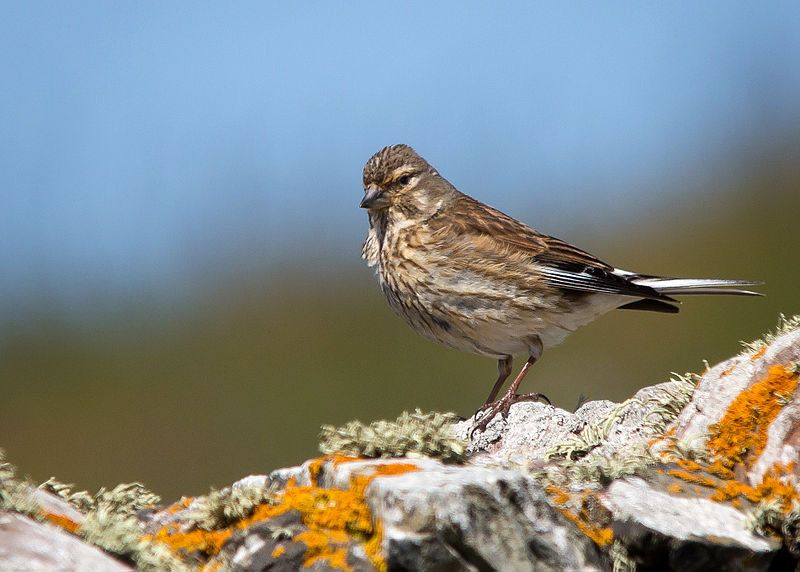
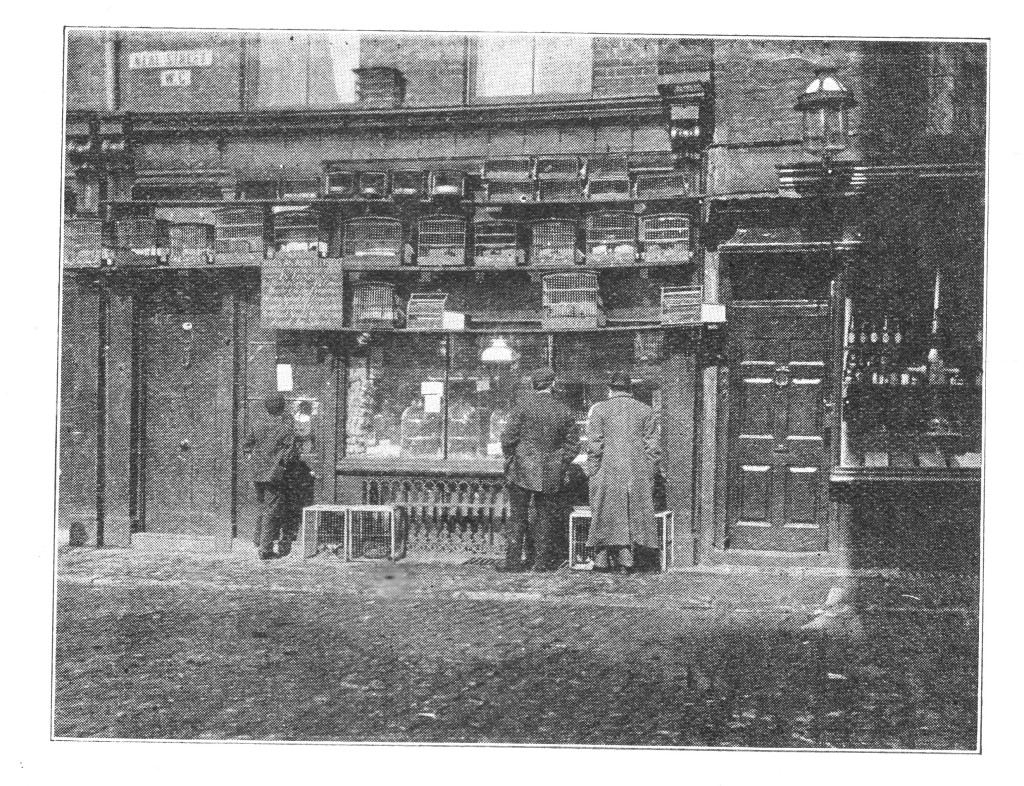
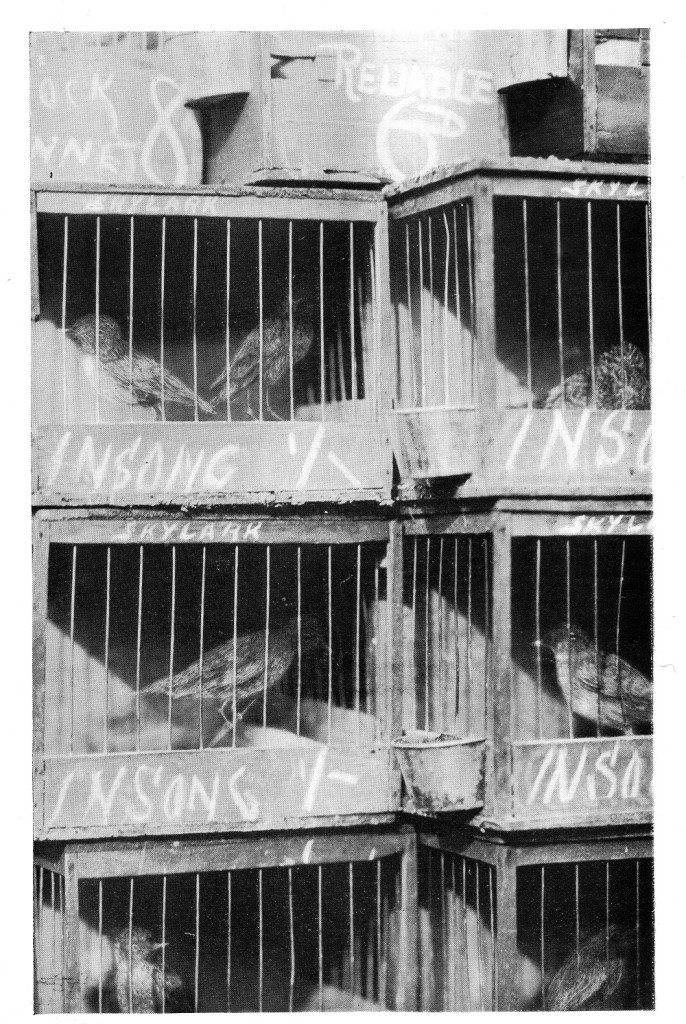
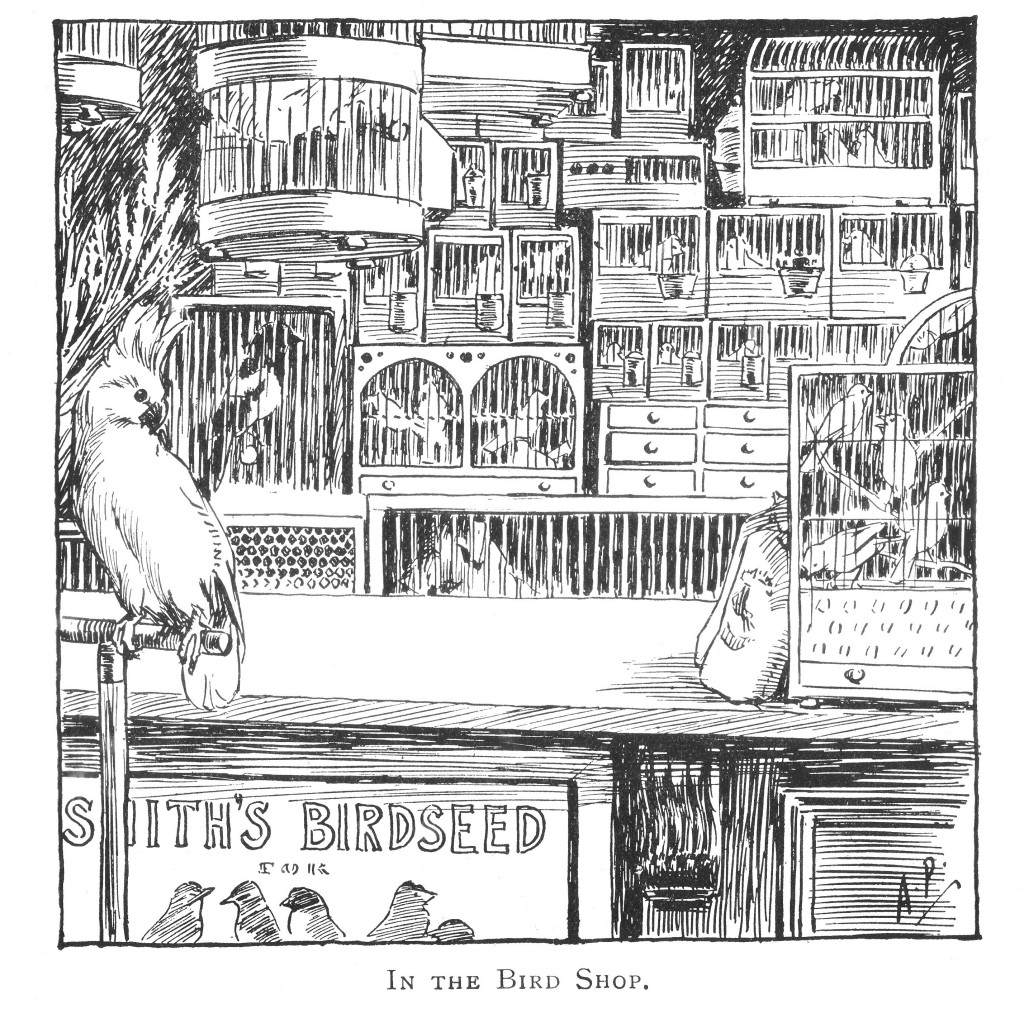
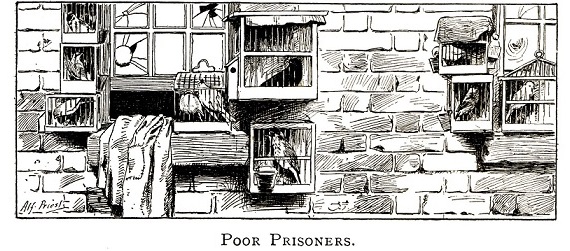
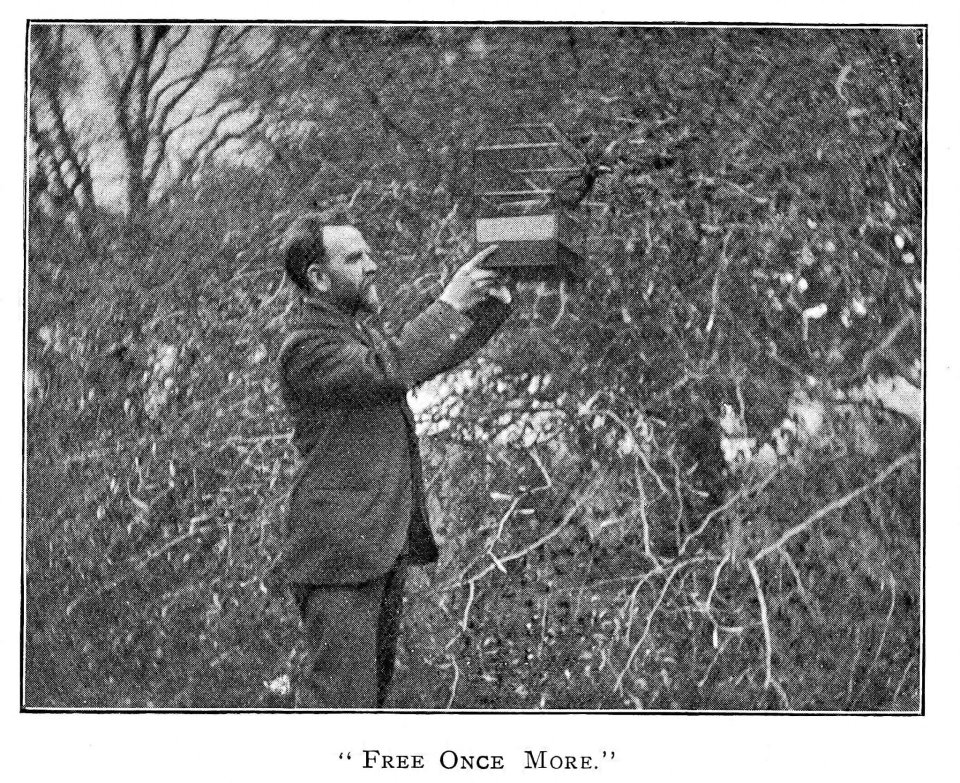
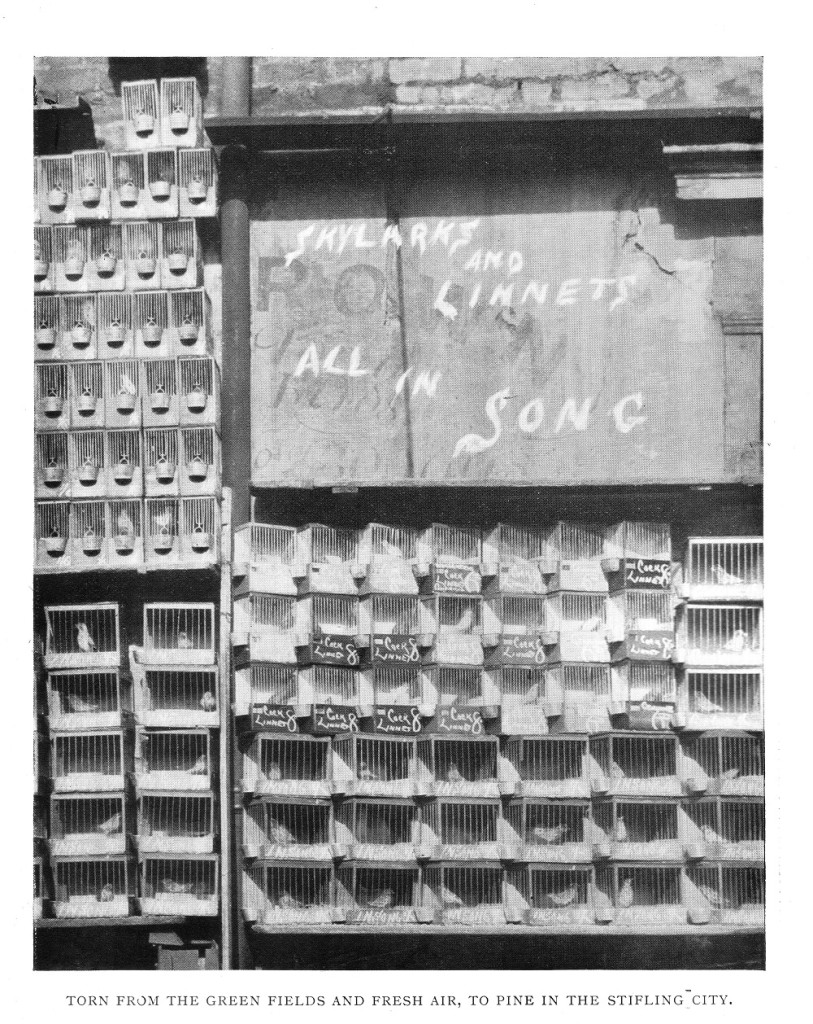

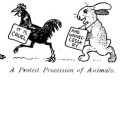
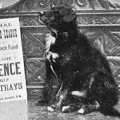
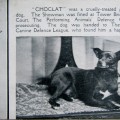
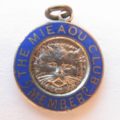
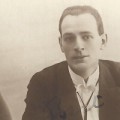
No Comments